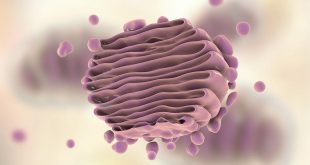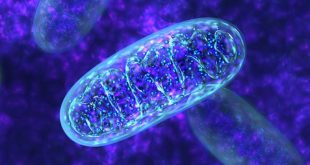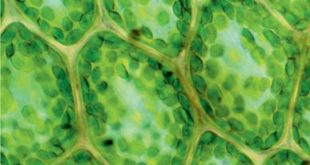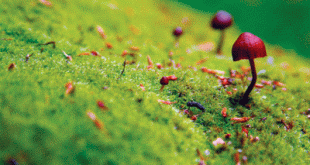Golgi apparatus is ubiquitous in cells. They are found in living cells of both animals and plants and are a dynamic structure. In animals, Golgi bodies usually appear morphologically as a cluster in one part of the cell and are interconnected with one another through tubules like a fibrous network. …
Read More »Mitochondria: The Powerplant for Eukaryotic Cells
Mitochondria is a plural term. The sole form of mitochondria is the mitochondrion. The Greek word ‘Mito’ means thread and ‘Condrion’ means granule. So we can say, mitochondria are thread-like or granular structures. They are found in the eukaryotic cells. We know them as the cell powerhouse or the cell …
Read More »Cell wall: Structure and Composition
A layer of structural materials composed of polysaccharides, glycoproteins, and phenolic compounds found external to protoplasm is called the cell wall. Certainly, it defines the shape and size of the cell. In this paragraph, the structure and composition of cell walls will be discussed explicitly. Gross Structure of Cell Wall The …
Read More »Deuteromycetes: The Fungi Imperfecti
Deuteromycetes- also known as Deuteromycota, Deuteromycotina, fungi imperfecti and mitosporic fungi- are fungi that are unable to produce sexual spores and are therefore placed in their own separate phylum. It is an artificial group of fungi, of which there exist approximately 15000 species. Deuteromycetes are often reffered to as “fungi …
Read More »Protein: Discovery, Characteristics, and Structures
The word protein refers to a type of molecule in food that can be broken down into amino acids. They are biochemical compounds consisting of one or more polypeptides typically folded into a globular or fibrous form, facilitating a biological function. Protein accounts on average about 1/4th to 1/3rd of …
Read More » Plantlet The Blogging Platform of Department of Botany, University of Dhaka
Plantlet The Blogging Platform of Department of Botany, University of Dhaka




